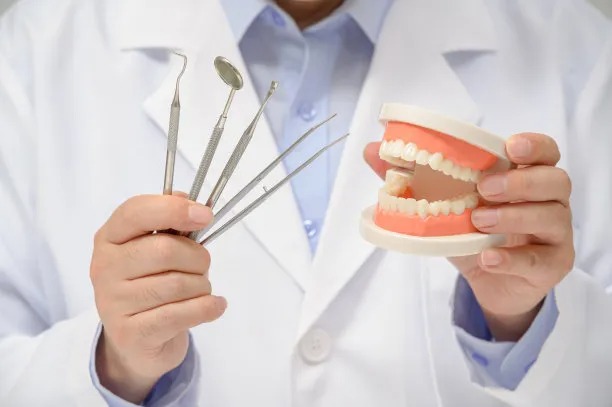Understanding the Process and Importance of Extracting a Tooth for Oral Health and Wellbeing
Summary: This article delves into the crucial aspects of tooth extraction, a procedure that, while often seen as daunting, plays a significant role in maintaining oral health and overall wellbeing. We will explore the indications for tooth extraction, the step-by-step process of the procedure, the aftercare necessary for recovery, and the broader implications for oral health. By understanding these elements, patients can better appreciate the importance of timely dental interventions and how they contribute not only to oral hygiene but also to overall health. Tooth extraction can sometimes be essential, and recognizing its necessity can alleviate fears surrounding the procedure.
1. Indications for Tooth Extraction

Tooth extraction is often a last resort for dental professionals but can be necessary for various reasons. One common indication is severe tooth decay, where a cavity has progressed beyond the point of restoration. If a tooth is significantly weakened or has extensive damage, extraction may be recommended to prevent further complications that can affect surrounding teeth and overall oral health.
Another common reason is periodontal disease, which is an infection that affects the gums and supporting structures of the teeth. Advanced stages of periodontal disease can lead to loose teeth that cannot be preserved. Extracting these teeth helps in managing the infection and preventing it from spreading further.
In some cases, orthodontic treatment may necessitate tooth extraction. Crowding can impede proper alignment, and extracting certain teeth may create the space needed for effective orthodontic correction. Understanding these indications highlights the necessity for proactive dental evaluations and the importance of addressing dental issues promptly.
2. The Step-by-Step Extraction Process
Understanding the extraction process can alleviate fears associated with the procedure. Initially, a thorough examination is conducted, often involving X-rays to assess the tooths root structure and surrounding bone. This enables the dentist to devise a strategy for the safest extraction possible.
Before the extraction begins, local anesthesia is administered to numb the area, ensuring a pain-free experience for the patient. In some cases, sedation may be offered to help patients relax, especially if they experience anxiety surrounding dental procedures.
Once the area is adequately numb, the extraction begins. The dentist will utilize specialized instruments to loosen the tooth before carefully removing it from its socket. The entire procedure is typically quick, lasting around 20 to 40 minutes, depending on the tooths position and complexity. Understanding each step can help demystify the process and ease potential concerns.
3. Aftercare for Optimal Recovery
After extraction, proper aftercare is essential for a smooth recovery. The dentist will provide specific instructions, which usually include recommendations for managing pain and swelling. Over-the-counter pain relievers are often suggested, along with ice packs to reduce swelling during the initial hours post-extraction.
Patients should also be advised on dietary restrictions. Soft foods are preferred for the first few days to avoid disturbing the extraction site. Avoiding straws and vigorous rinsing is crucial, as suction can dislodge the blood clot that forms, potentially leading to a painful condition known as dry socket.
Maintaining proper oral hygiene is vital, although great care should be exercised around the extraction site. Gently brushing teeth and avoiding the use of mouthwash with alcohol can promote healing without introducing harmful bacteria. Regular follow-up appointments may also be scheduled to ensure proper healing and address any concerns.
4. Broader Implications for Oral Health
Understanding tooth extractions role in a broader oral health context emphasizes its significance beyond just removing a problematic tooth. By addressing infections or decay promptly through extraction, patients can prevent more severe health problems, including systemic infections.
Moreover, extractions can lead to significant improvements in oral hygiene. Removing decayed or impacted teeth can facilitate easier brushing and flossing, reducing the risk of further dental issues. This proactive approach underscores the importance of regular dental exams and cleanings.
Moreover, early detection and timely extraction contribute to improved quality of life. Patients often experience relief from pain and discomfort following a necessary extraction, paving the way for better overall wellbeing. By understanding these broader implications, patients can prioritize their dental health and make informed decisions regarding their treatment.
Summary:
In summary, tooth extraction plays an essential role in maintaining oral health and wellbeing. Knowing the indications for extraction helps patients understand its necessity while familiarizing them with the procedure can reduce anxiety. Proper aftercare post-extraction ensures effective recovery, contributing to overall hygiene and health. Ultimately, tooth extraction is not merely a dental procedure but an important aspect of maintaining a healthy mouth and body.
This article is compiled by Vickong Dental and the content is for reference only.



